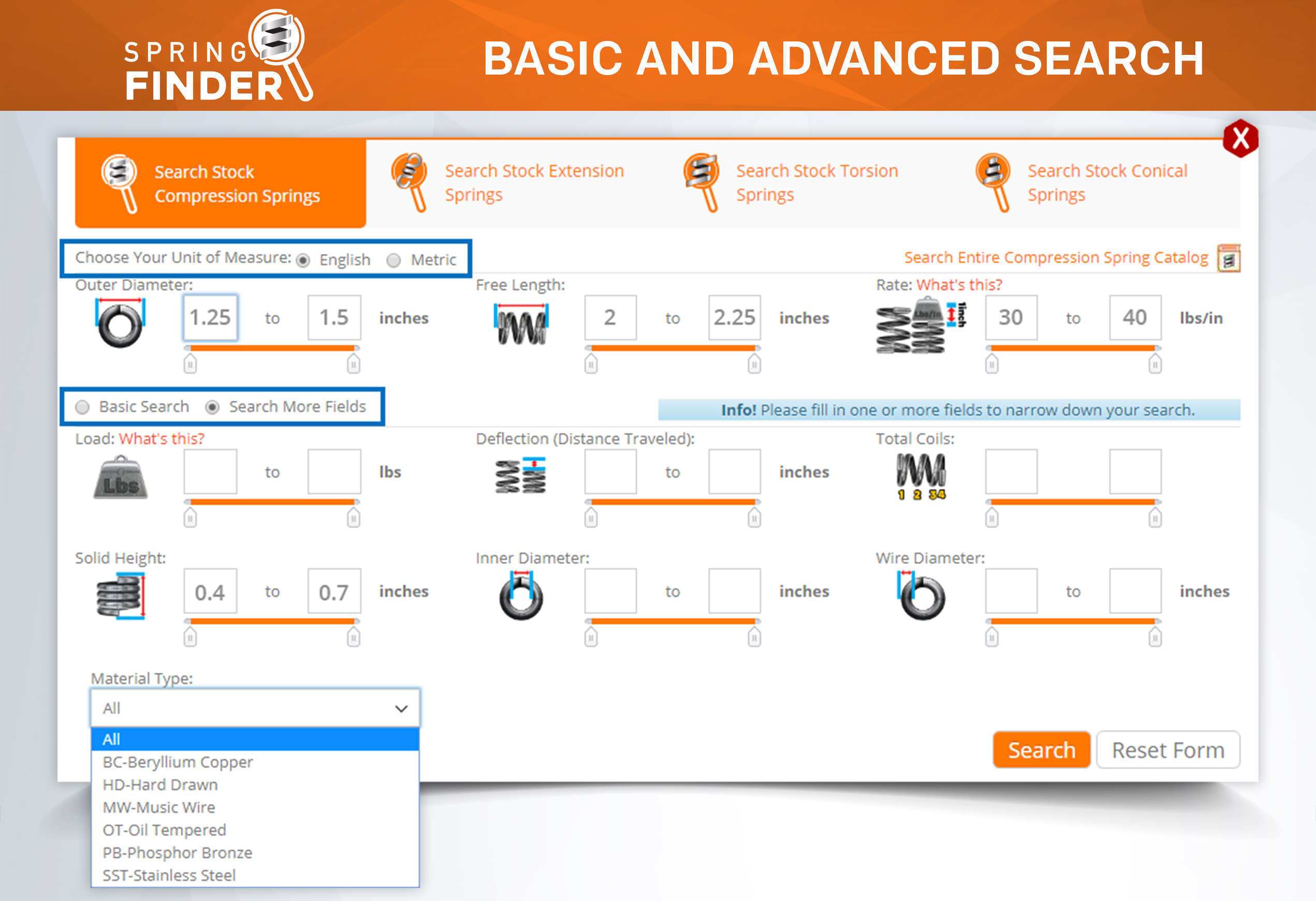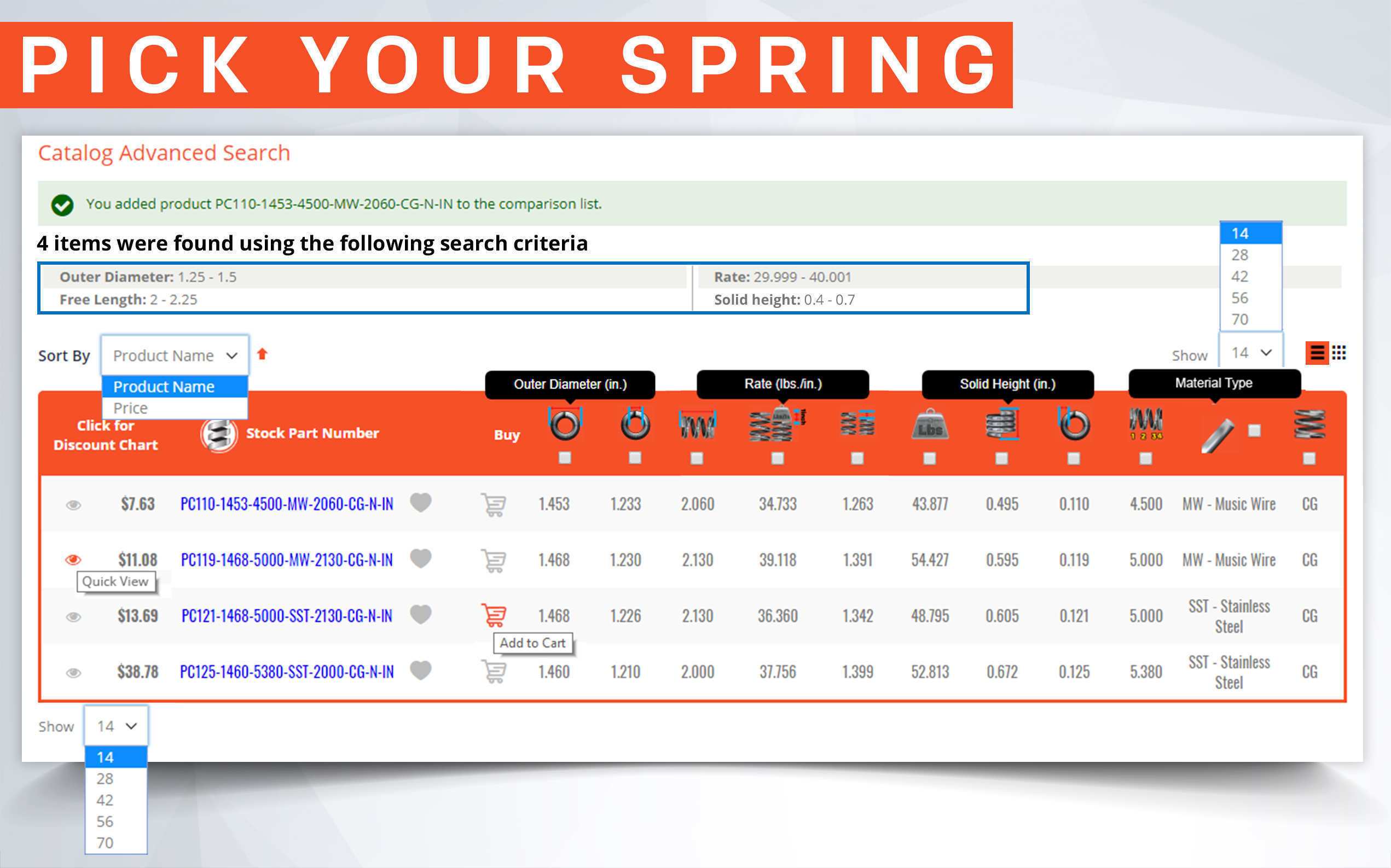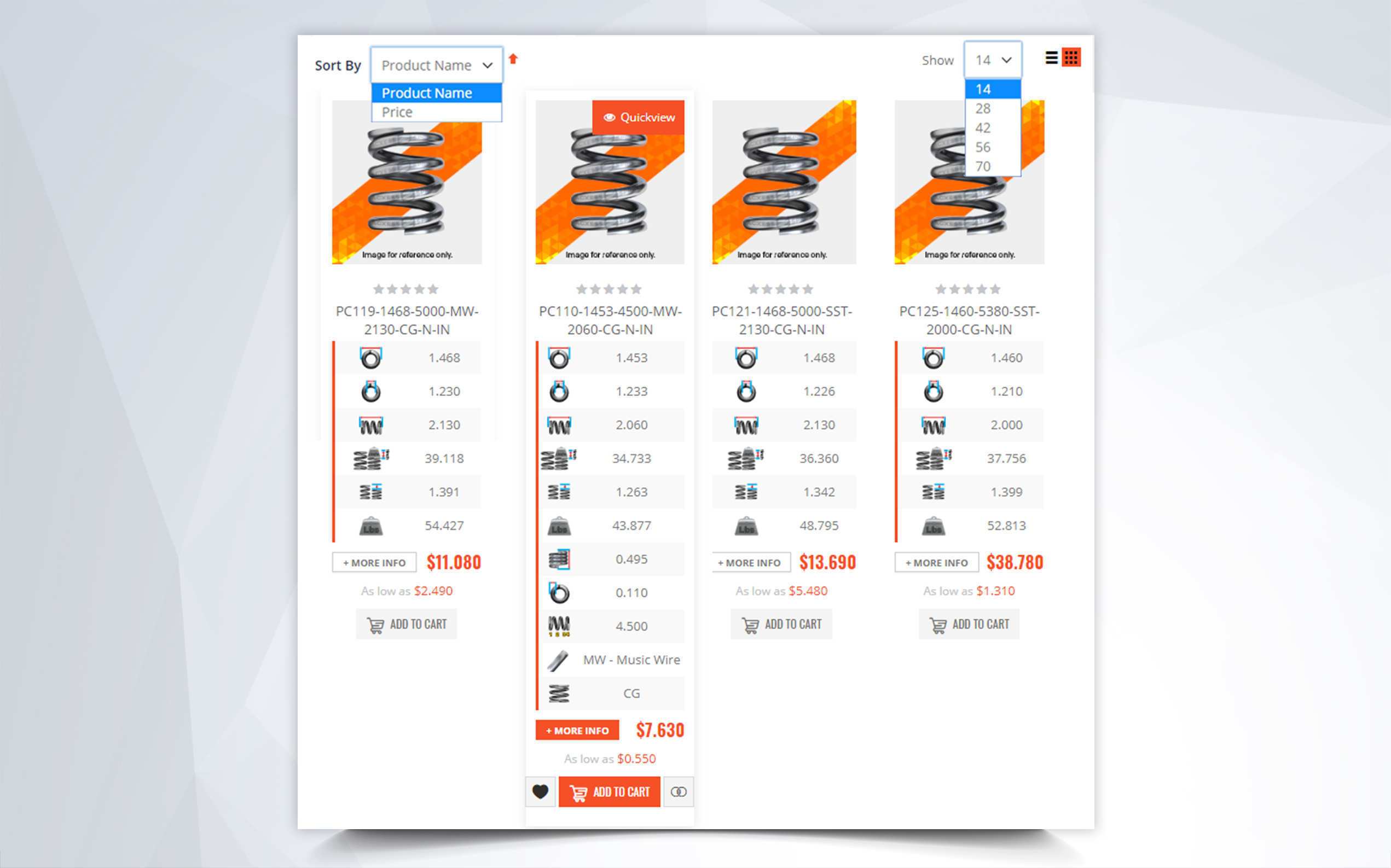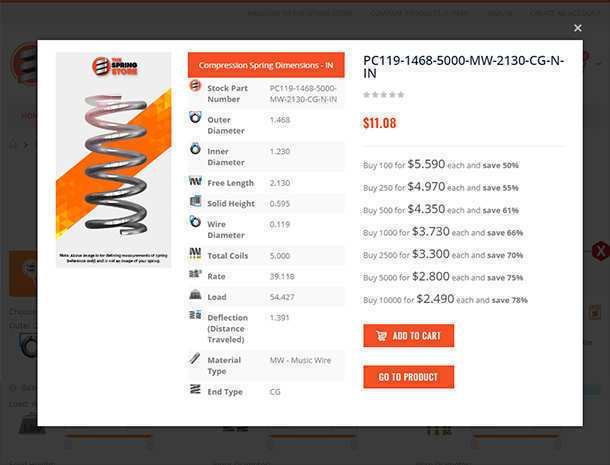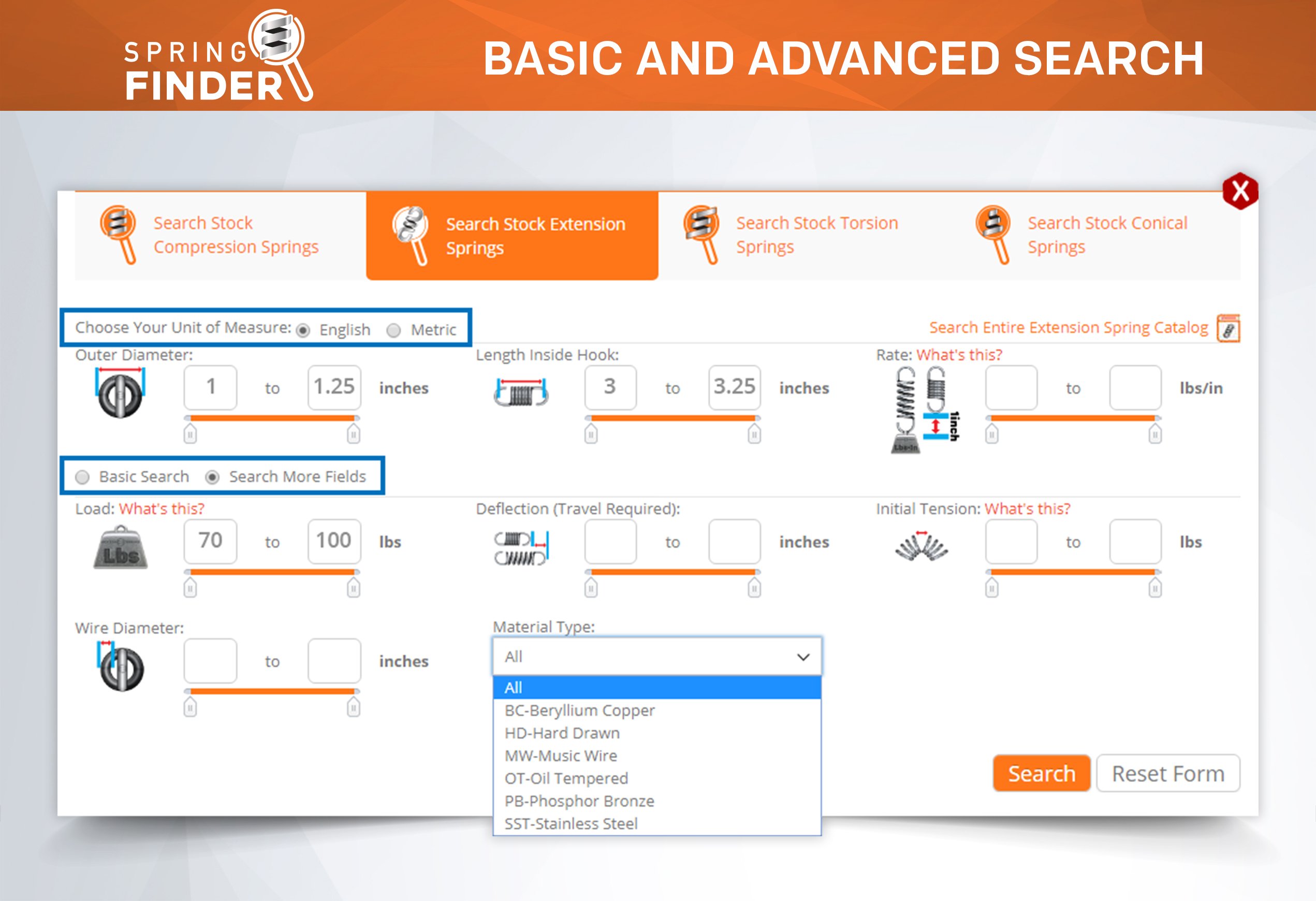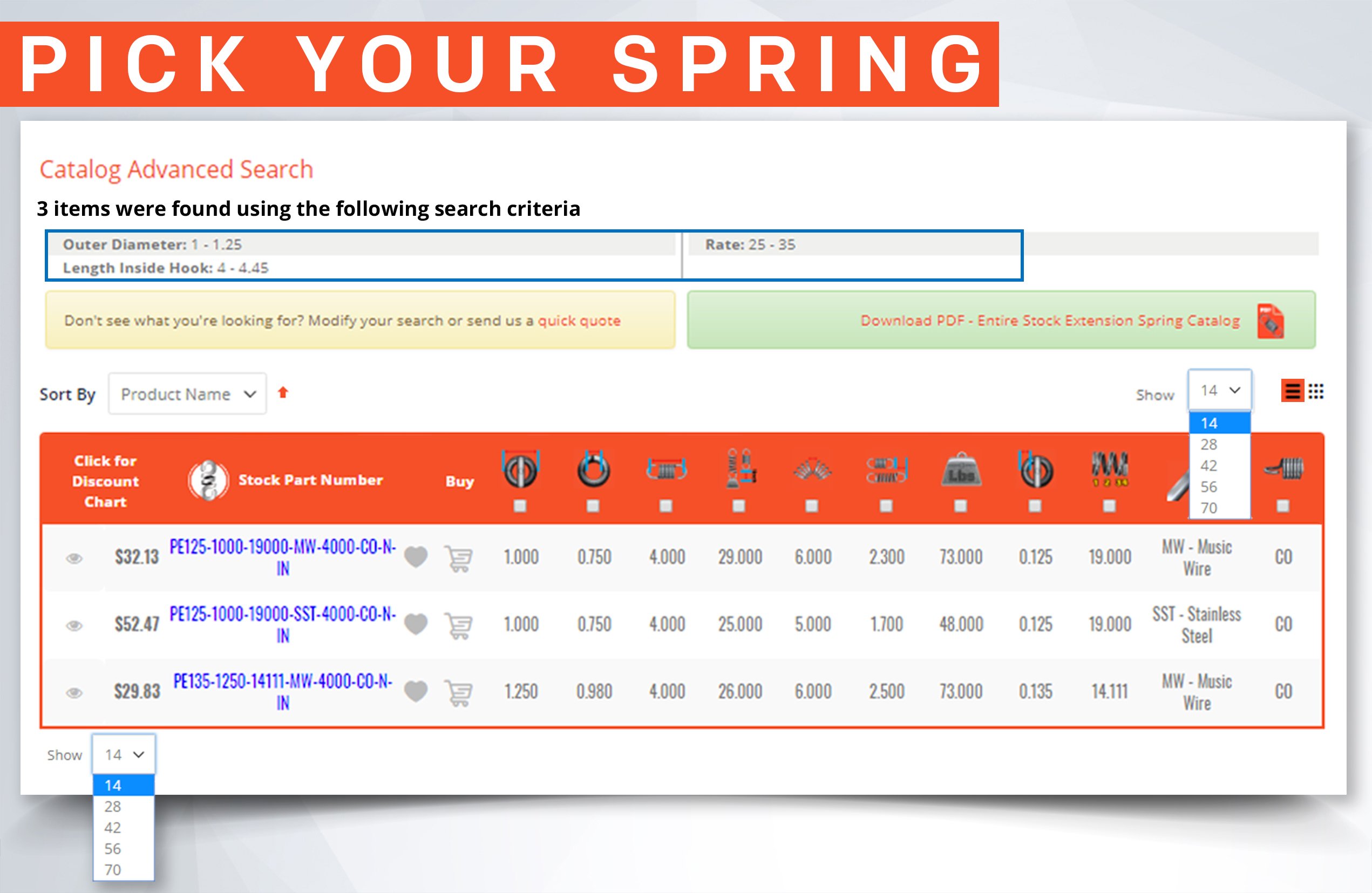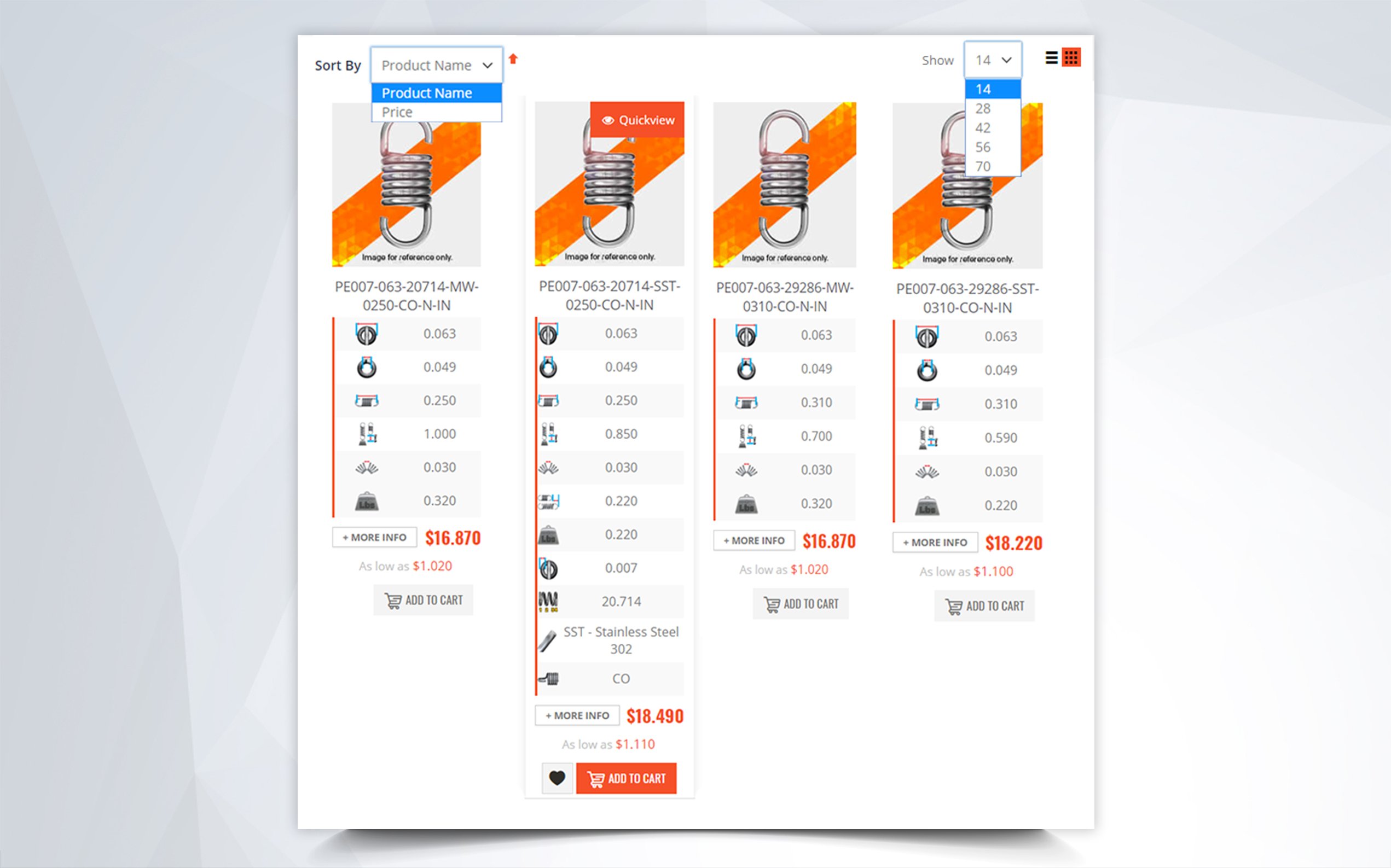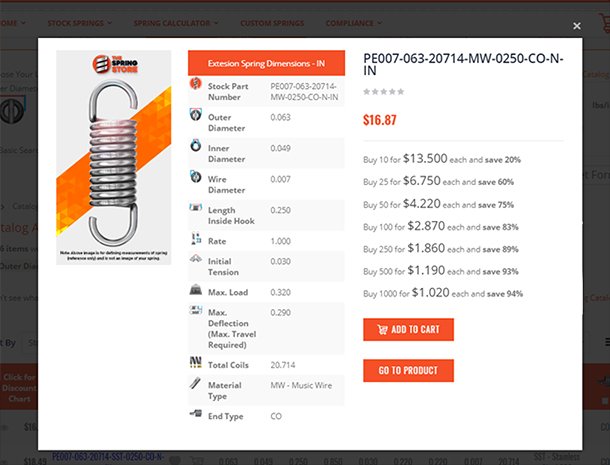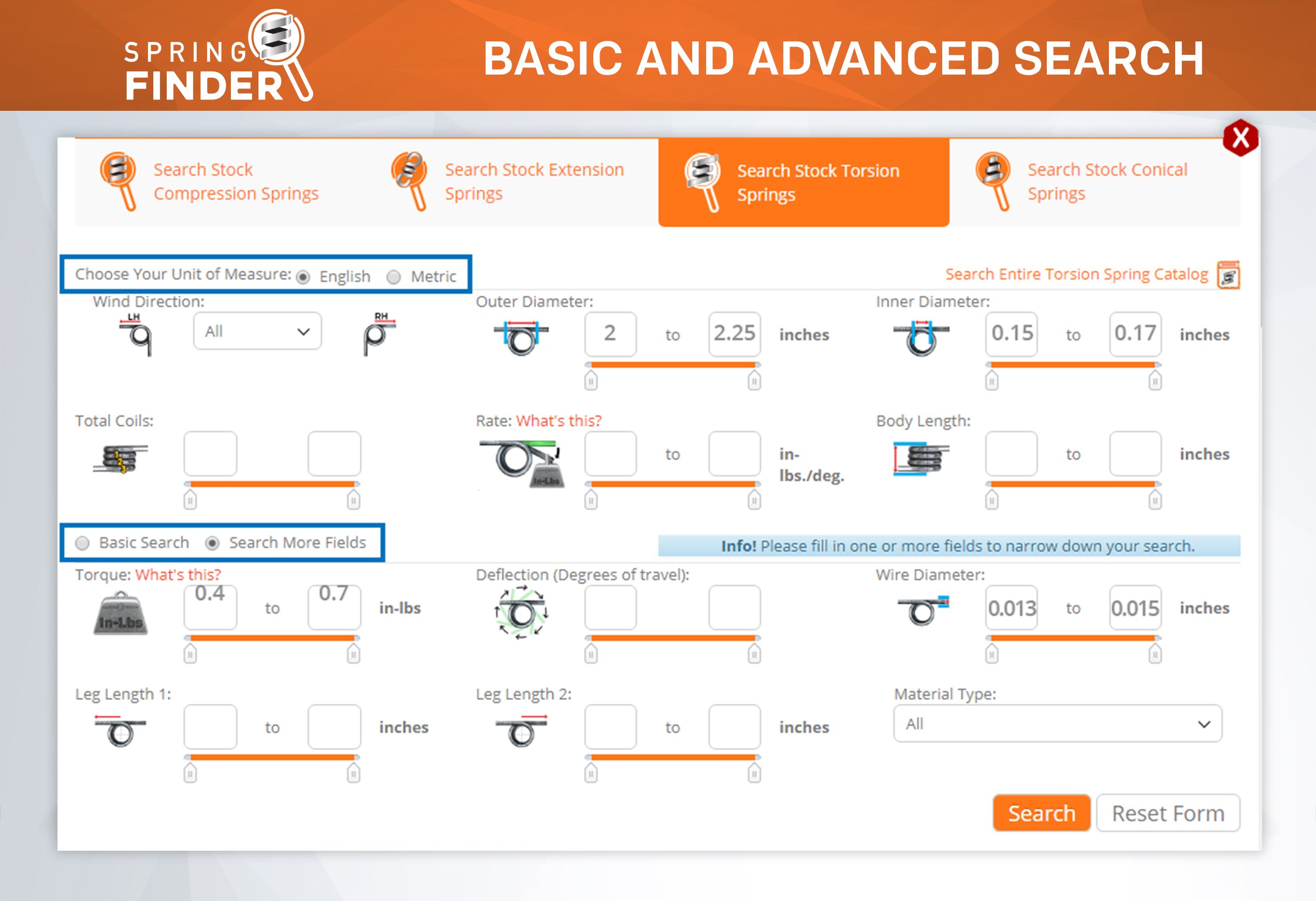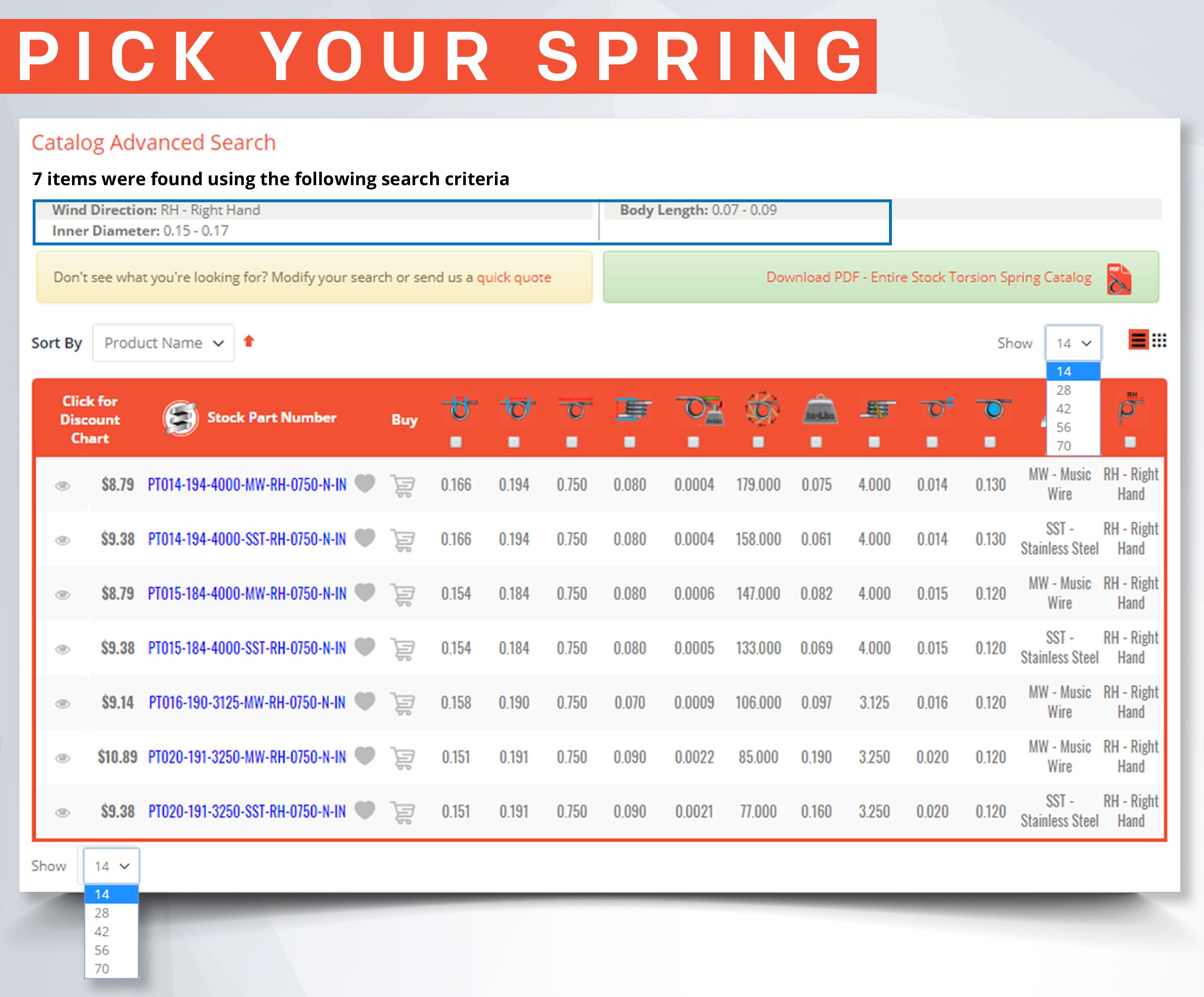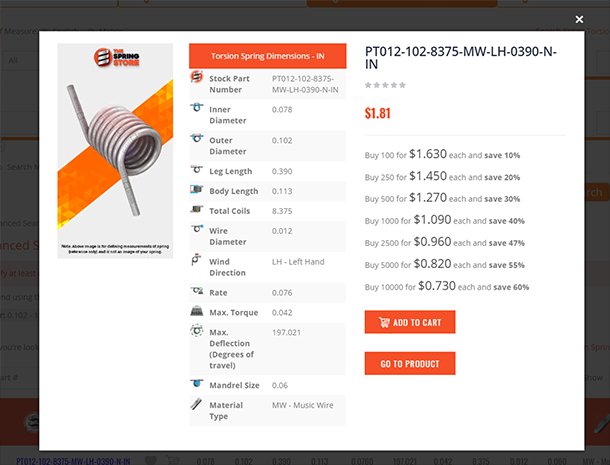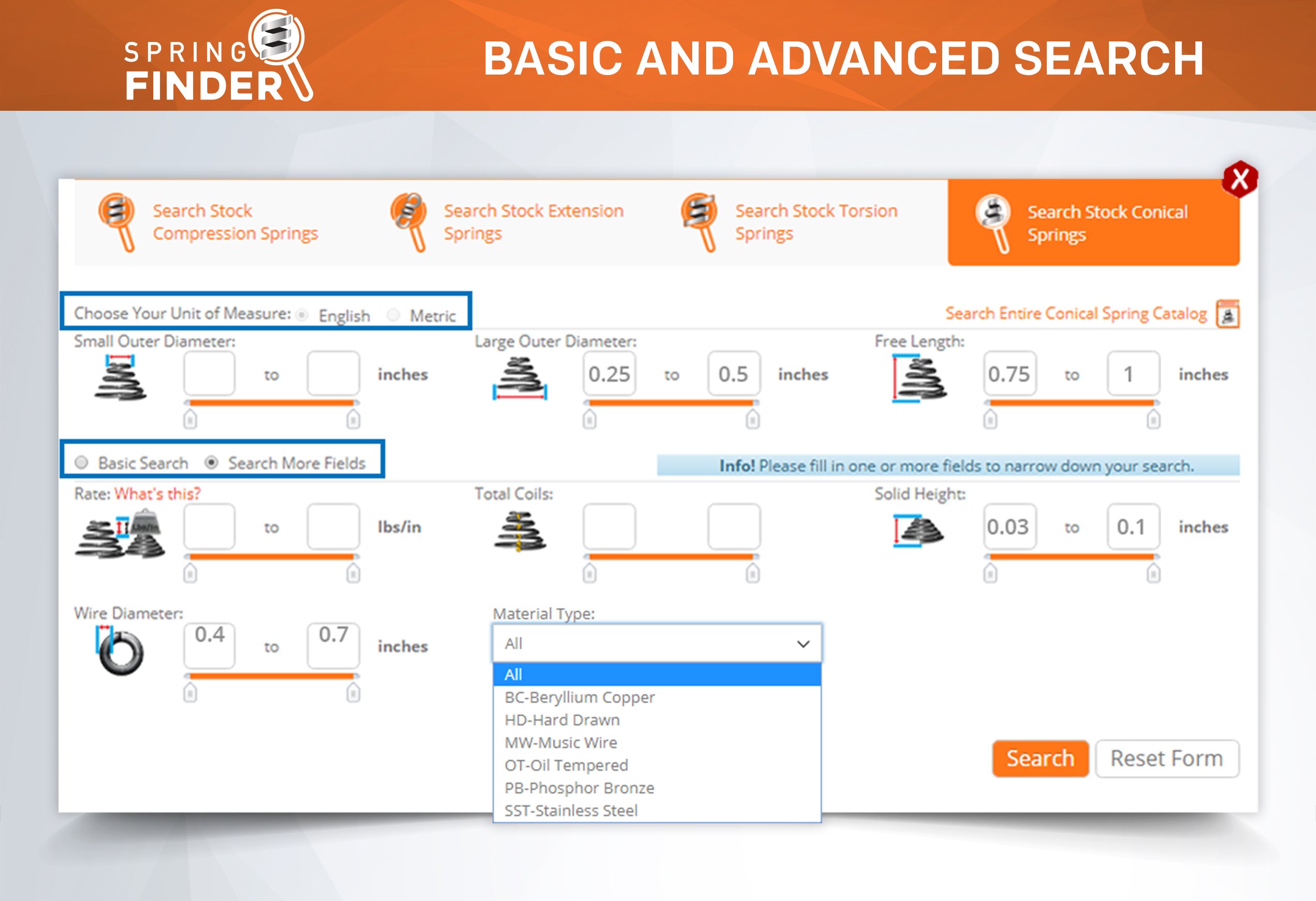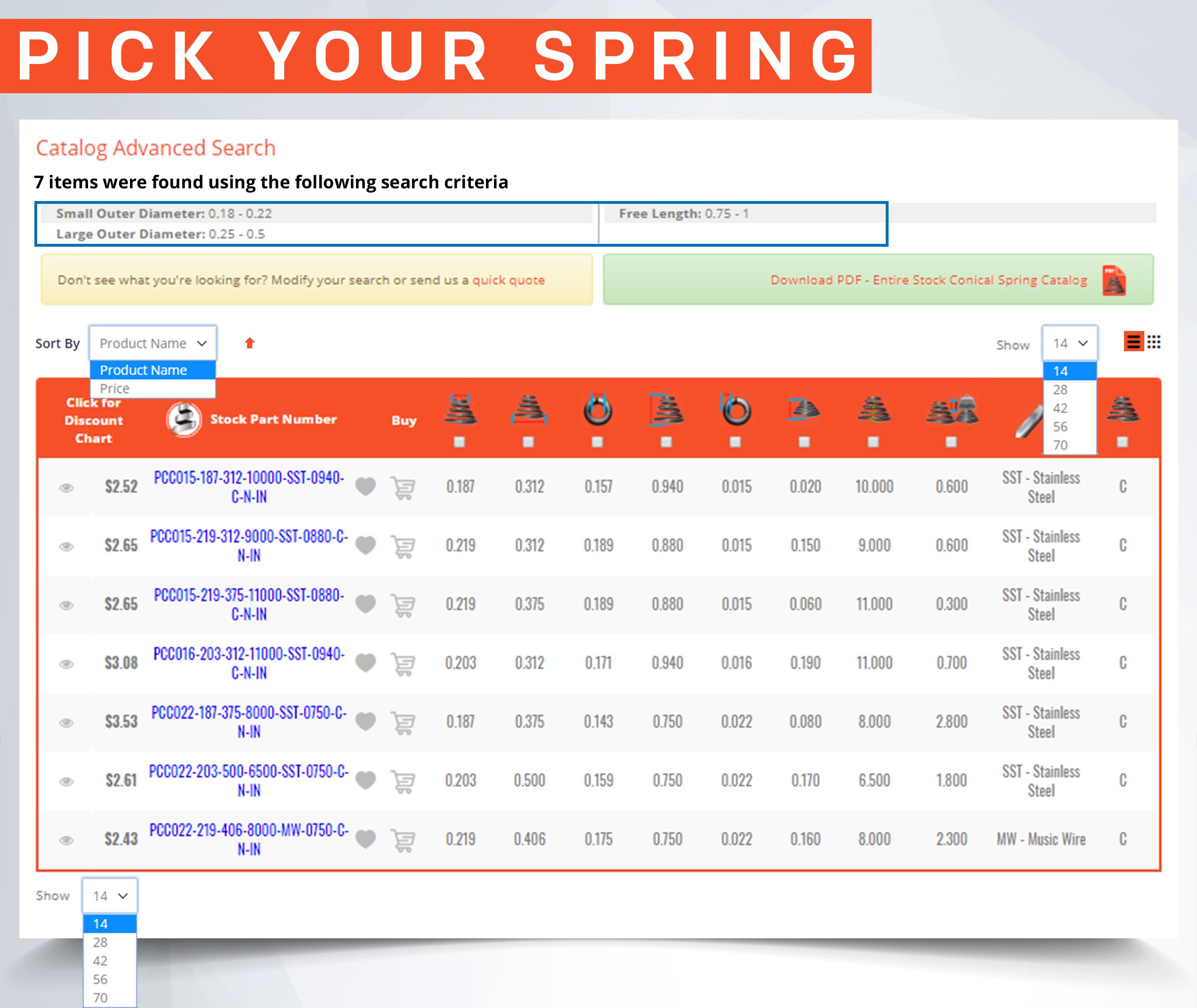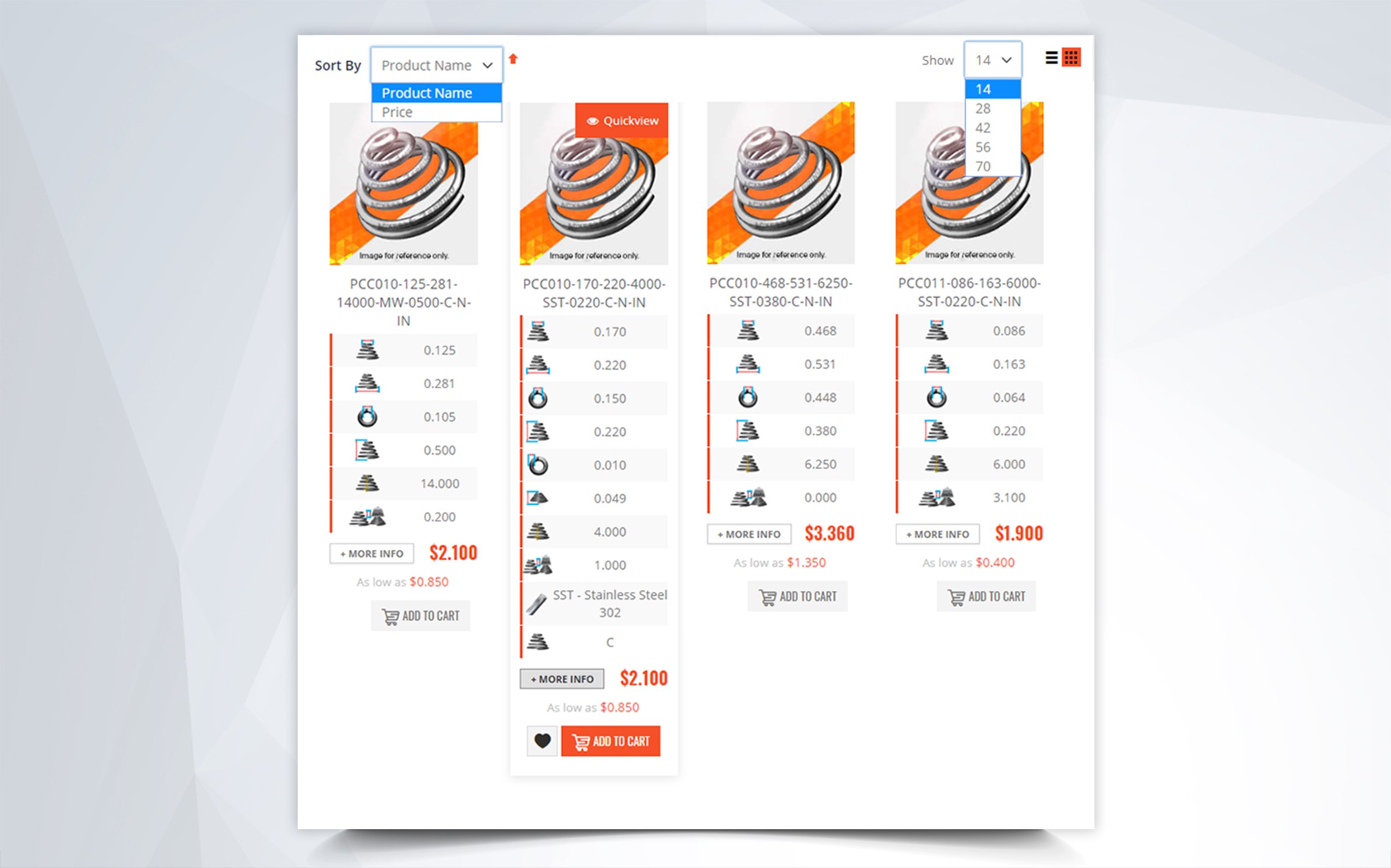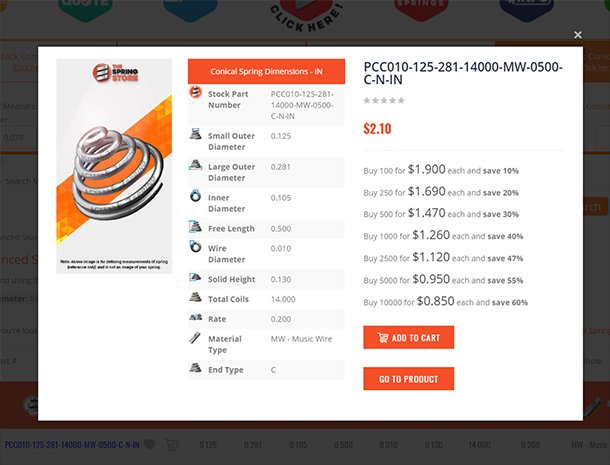What to Check For When Buying a Stock Spring
When buying a stock spring, there are several things you need to keep in mind in order to ensure that the spring you are buying is actually the one you want. That is why we want to share a few key points that will allow you to know if the stock spring you are looking to purchase is the right one for the job.
It is important to keep in mind that stock springs may not be identical to what you are looking for. Stock Springs are standard and come in more general shapes and sizes, they are a faster and more accessible spring solution. At The Spring Store, we have such a large variety of springs that it is easy to find a similar spring that meets the general requirements of what you need. However, if you require a very specific and precise spring for a more specialized function, you might need a custom spring. To purchase precision custom springs, click here: CUSTOM SPRINGS
Type of Springs
One of the first things you need to verify is the type of spring you need. Figure out if you need your spring to compress, extend, or torque. If you need your spring to compress and push back out a load or force, then, you need a compression spring. If you need your spring to be extended by a load or force and then return to its original form, then, you need an extension spring. If you need your spring to torque and/or turn in a radial motion, then, you need a torsion spring.
Basic Measurements
Once you figure out what type of spring you need, you then need to check that it fits into your application. For example, if you need a compression spring and you know it will go inside a tube, you need to check that the spring’s outer diameter (OD) will fit into the space available, and that it has a little wiggle room to avoid friction. In the opposite case, where your spring is going over a shaft/mandrel, you have to be just as vigilant of the inner diameter (IN). There may be cases where the spring is both going into a tube/hole and over a shaft/rod. In this case, you must be vigilant of both the OD and the ID. Length is also a great factor but it tends to have more tolerance. However, if you have a 2” space for length, you will not go for a spring that is 0.25” or 5” long, so make sure you have reasonable ranges of search. These “rules” apply to all springs: compression, extension, and torsion.
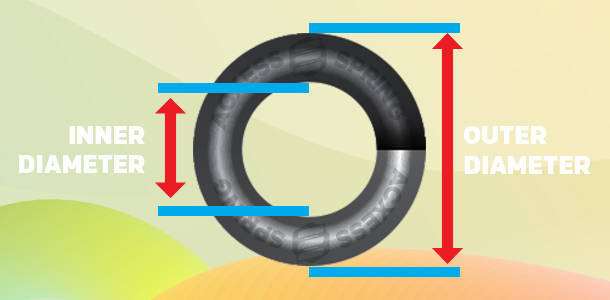
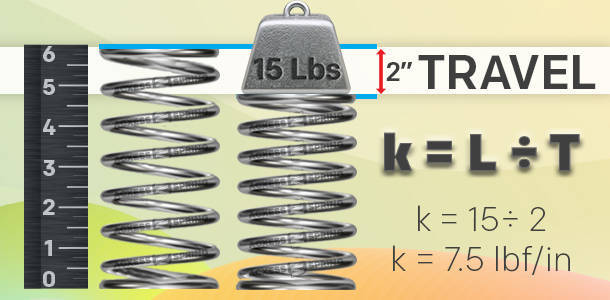
What Matters To You
The basic measurements may not be the only thing you should check for, you also need to consider what is and isn't important to you. For example, load and travel might be key factors based on the amount of weight you need your spring to withstand, how much you need your extension spring to stretch, or how much you need your torsion spring to twist. Having a clear idea of the load or force that you will place on your spring will allow you to buy a more accurate spring. Looking at what the spring rate is can help you set a ratio of force per one unit of travel.
Negotiable and Non-negotiable
Last thing you need to make sure of is that you know what you can and cannot sacrifice. As we mentioned at the beginning, a stock spring may not be identical to what you need, but it can get the job done. For example, if your spring is not going into a humid environment or having direct contact with water, you don't necessarily NEED your spring to be stainless steel, so if you find a spring that matches your needs and it is music wire, it is likely to work. However, if your spring is going into a humid environment, stainless steel is a non-negotiable. Therefore, you need to be very aware of what things you are ok with “giving up” and what things are a must.
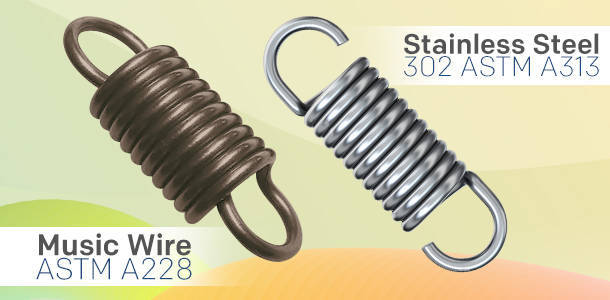
Finding a stock spring is actually fast and easy with Spring Finder All you need to do is input the range of at least one of measurements that your spring should have, and it will generate a list of the springs that match your needs. Verify the factors that are important to you and select the one you want to buy. Should you have any questions or doubts, be sure to contact us at: (951) 276-2777






